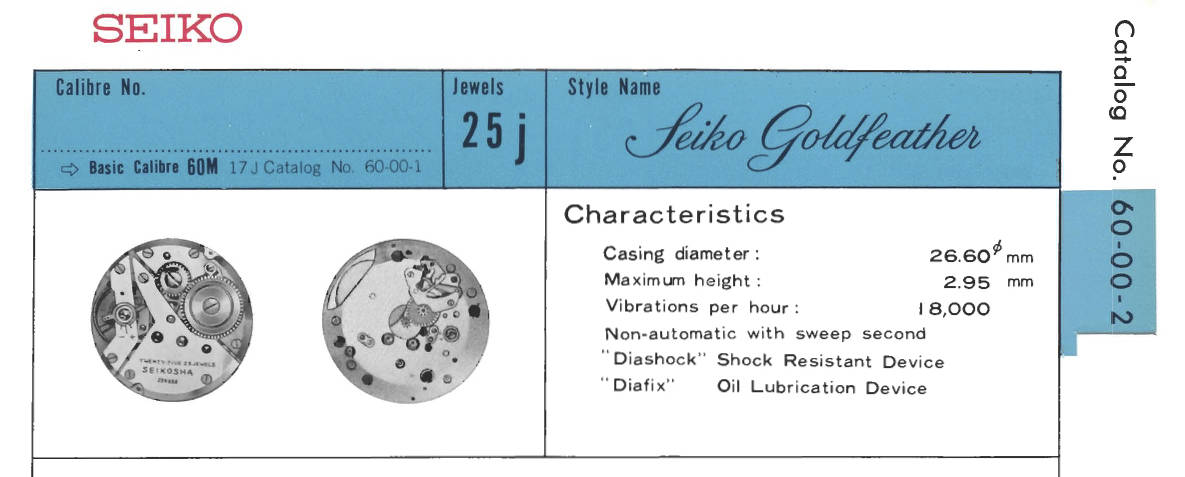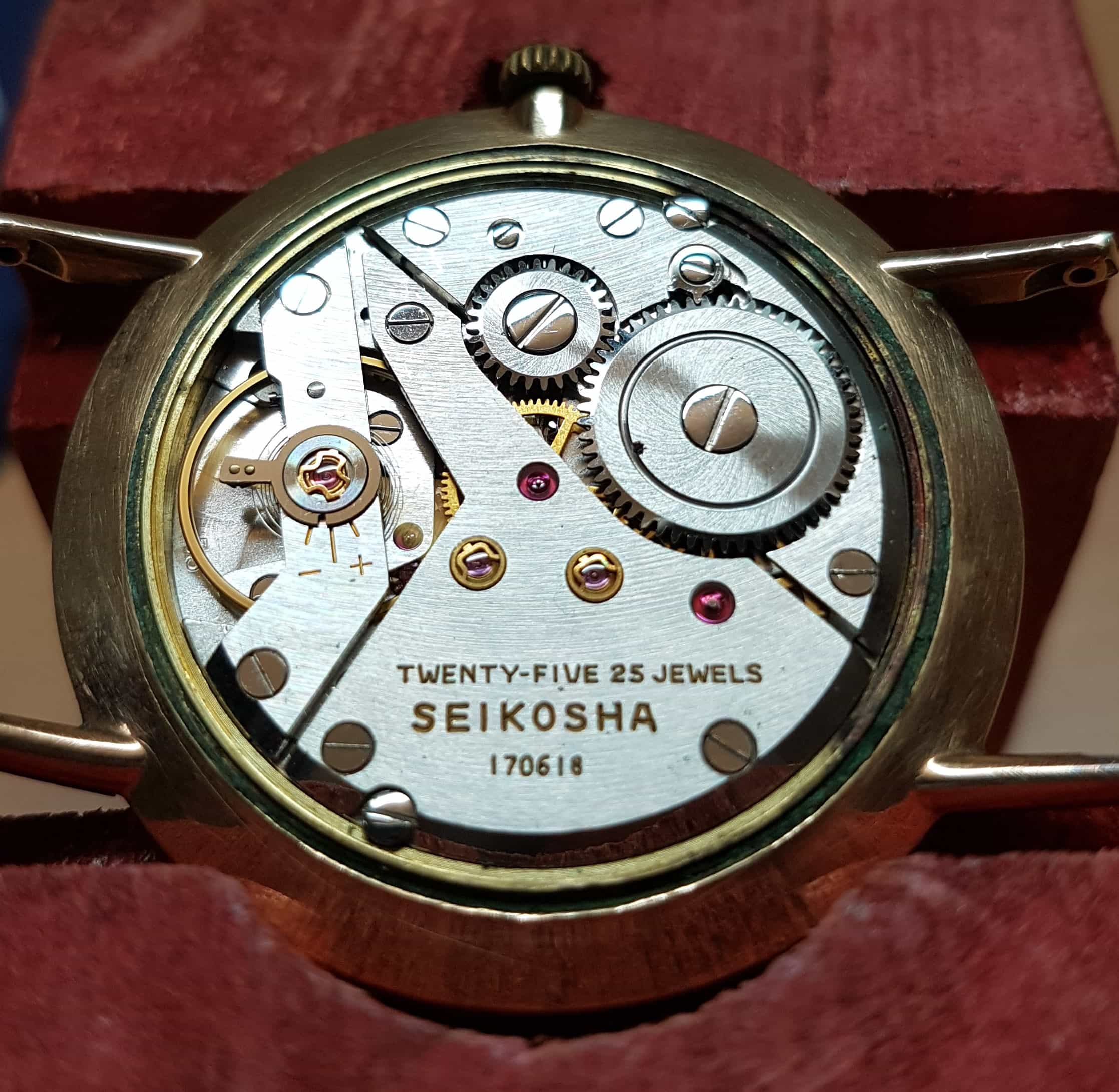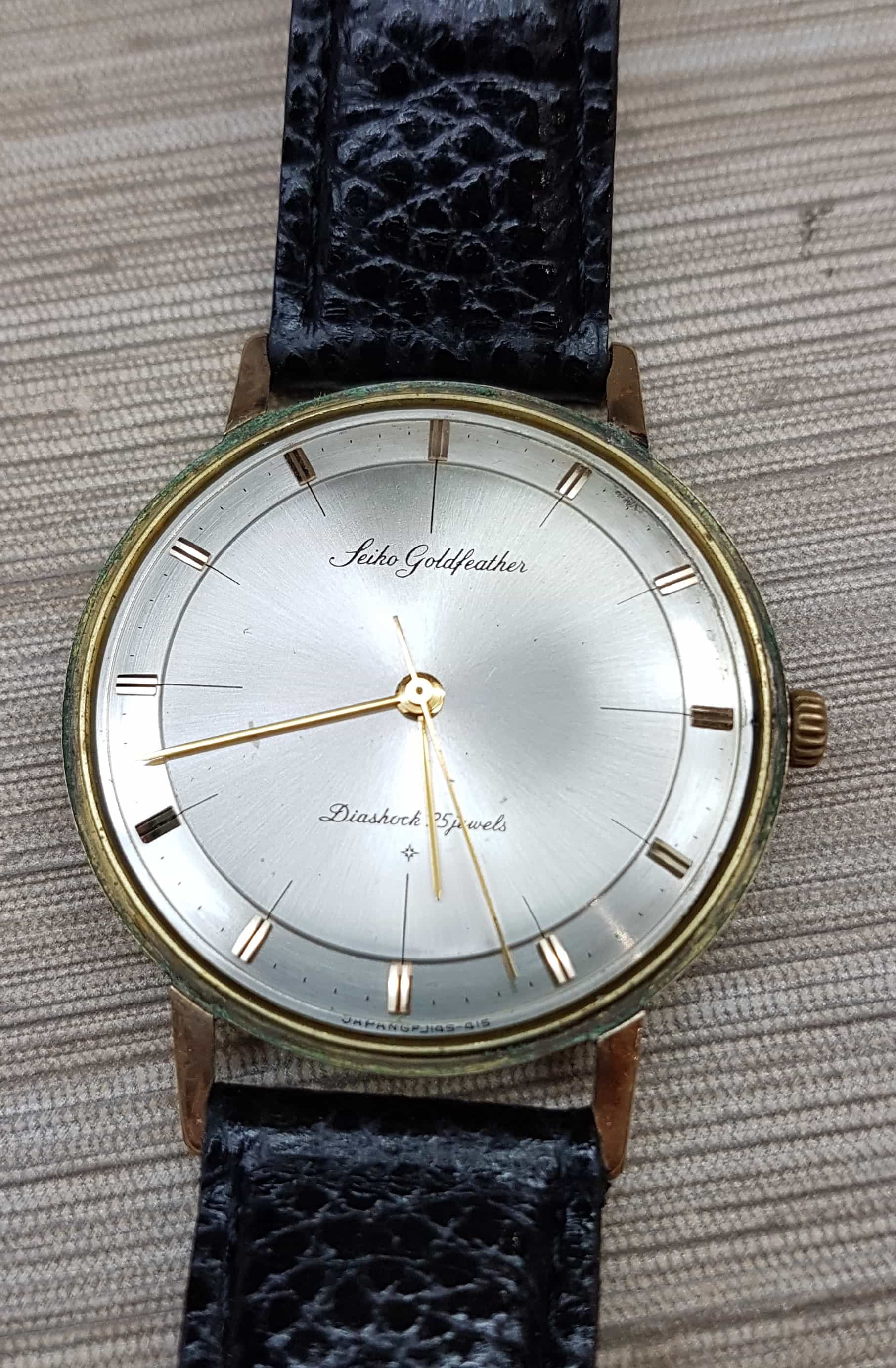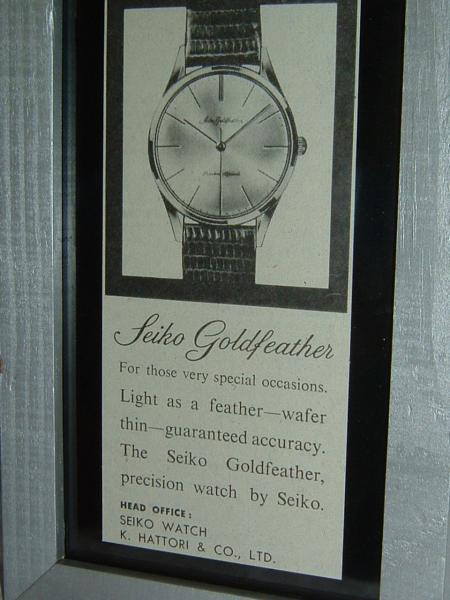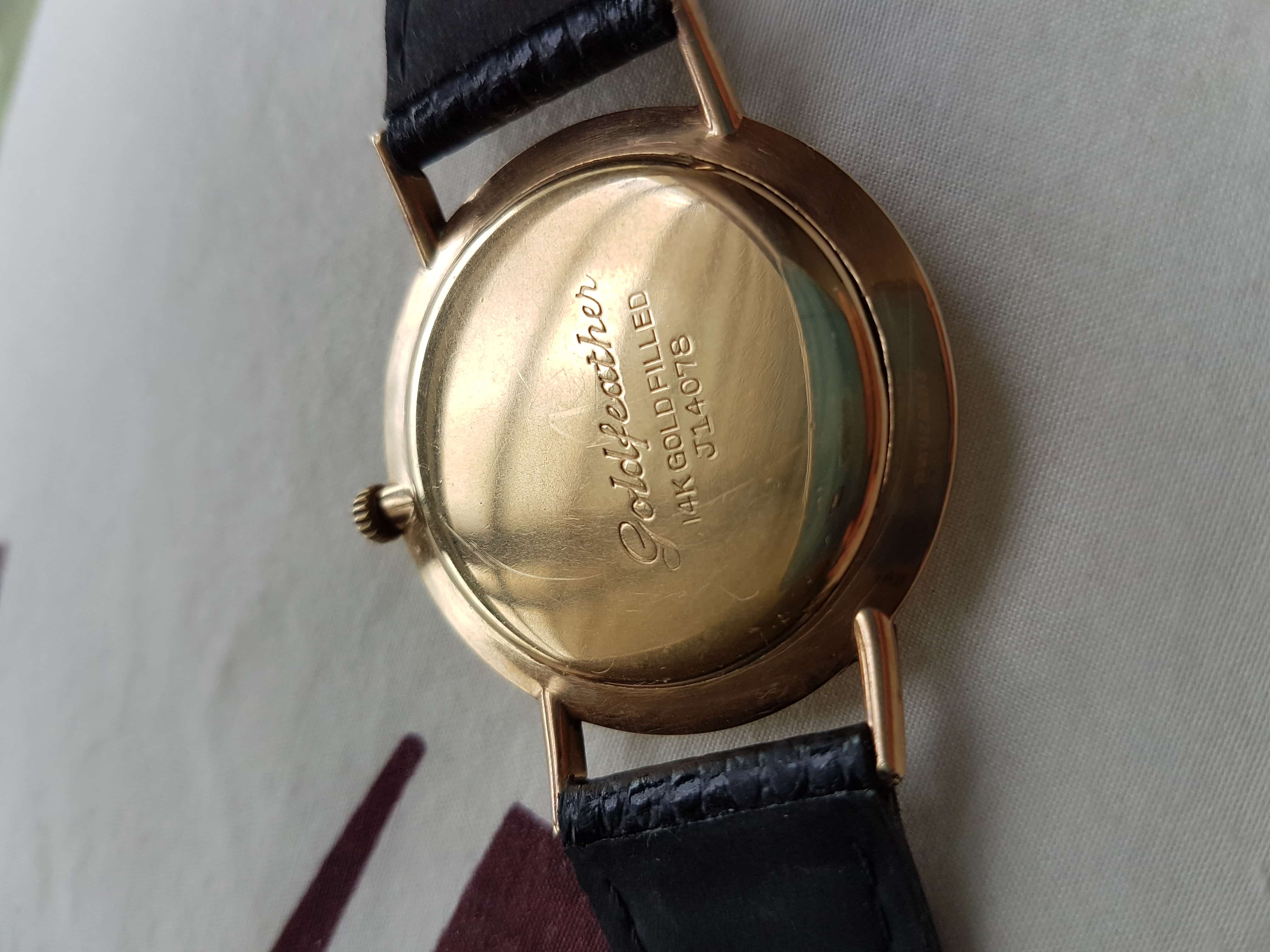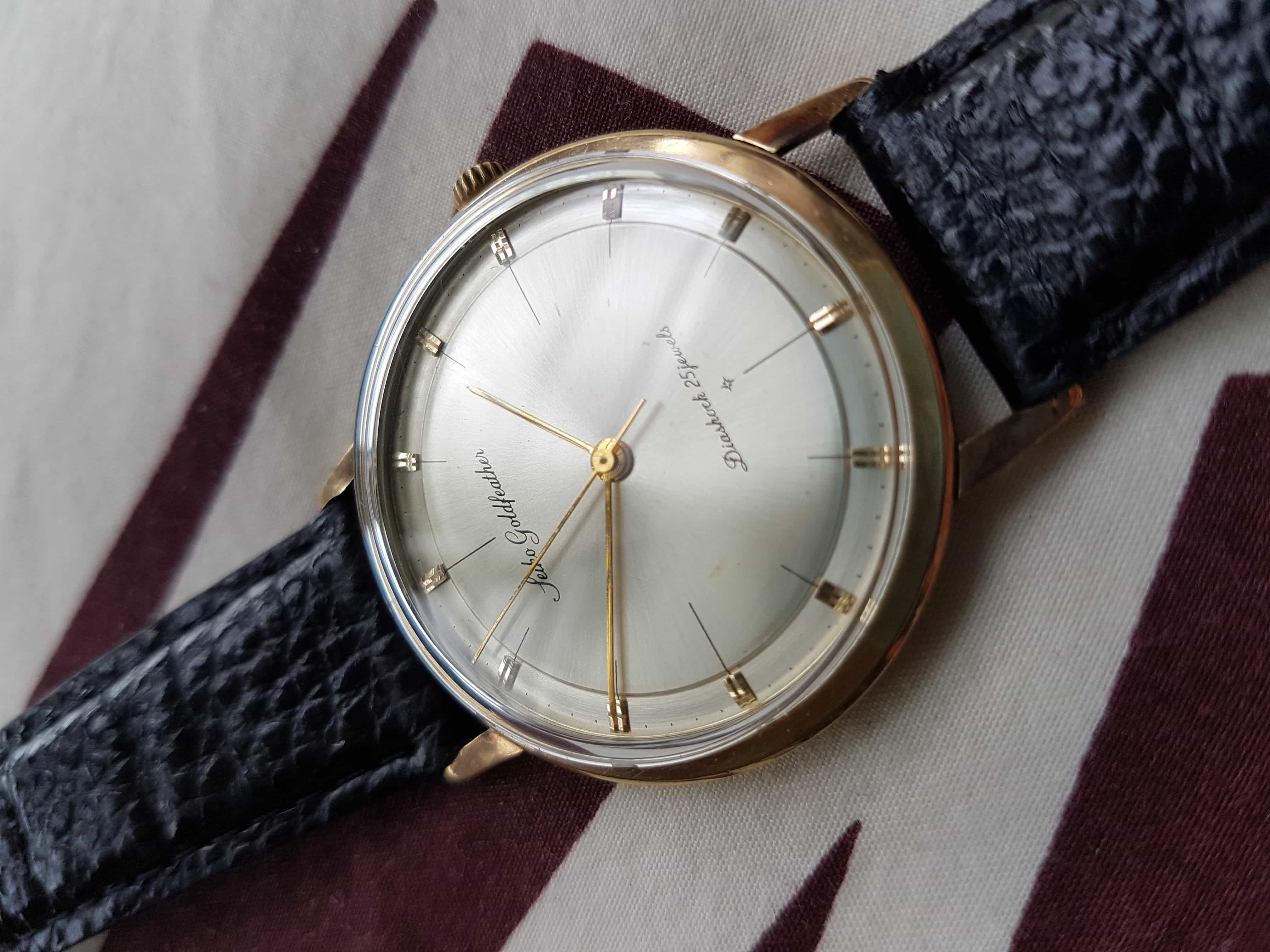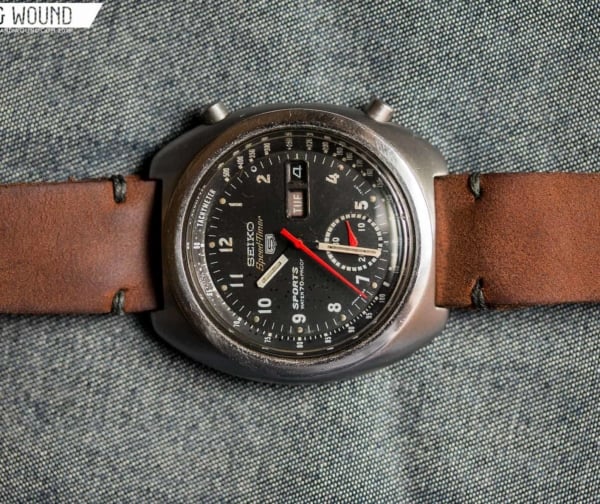My preferred watches tend to lean toward the dressier side. The simplicity of classic dress watches have always been a breath of fresh air to me, having everything a watch needs and nothing it does not. Plus, having so little elements one can play with in terms of the design makes designing a dress watch an art all of its own.
One of the features of a proper dress watch that is often taken for granted is its thickness, or rather, its thinness. Imagine a slim sliver of a watch hiding within a well-tailored shirt from Savile Row, ever ready to present what it was made to do when called upon, which is to simply tell the time. Yet as simple as the task might be, to be able to do this via a beating mechanical heart containing hundreds of minuscule parts—arranged in an efficient manner with super-tight tolerances—rather than with a quartz movement makes it a micro marvel of engineering all by itself!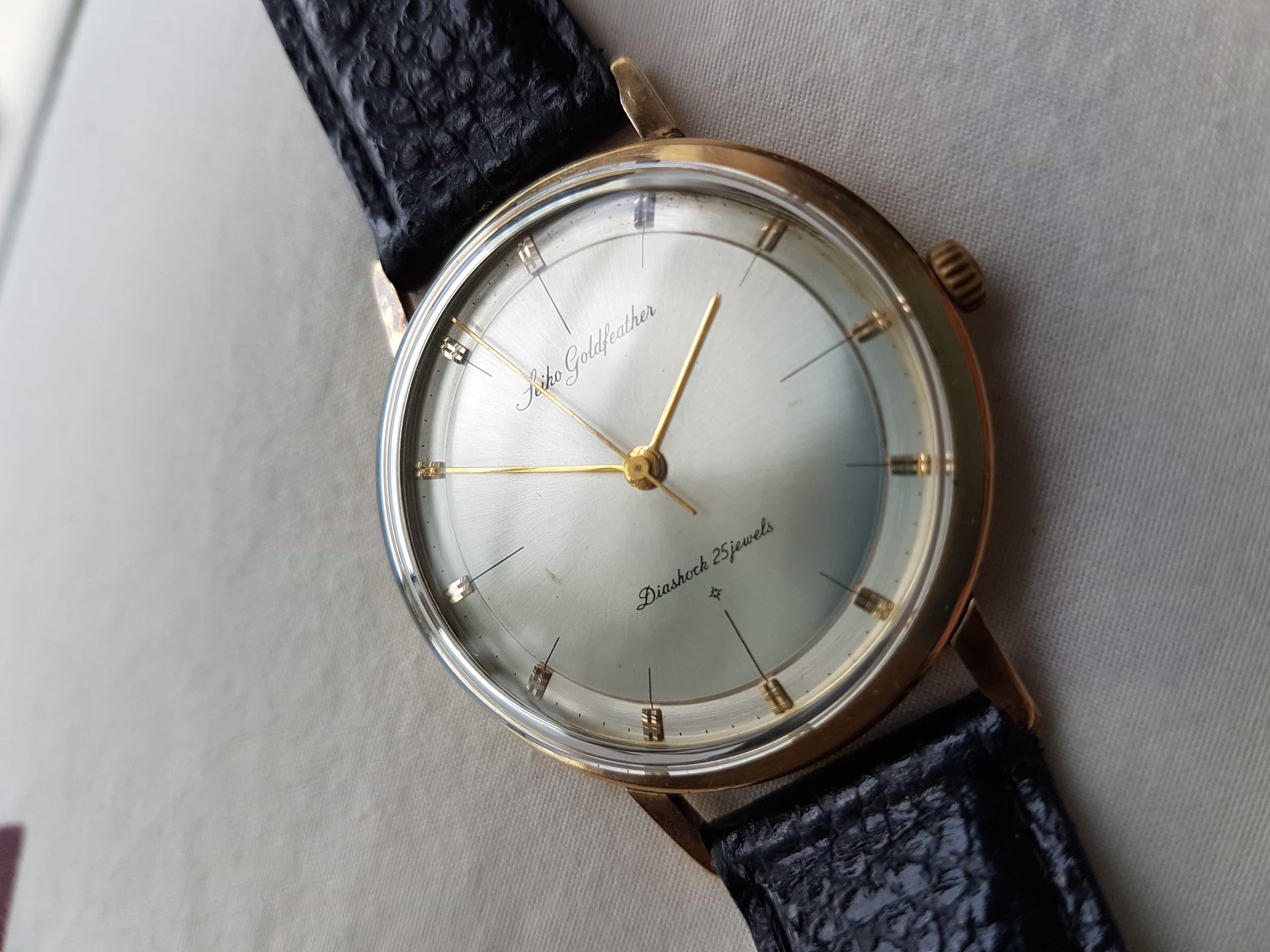
Today, we’re going to take a look at what is possibly the dressiest watch Seiko ever produced, and it’s one with tons of vintage cred to boast of. Manufactured only for a short span of time between 1960 and 1966, the Seiko Goldfeather utilized a movement that was and still is Seiko’s thinnest three-handed, manually-wound caliber—the 60M. (It’s not the thinnest Japanese caliber of its kind–that title belongs to the Citizen Diamond Flake–but that’s a story for another time.)
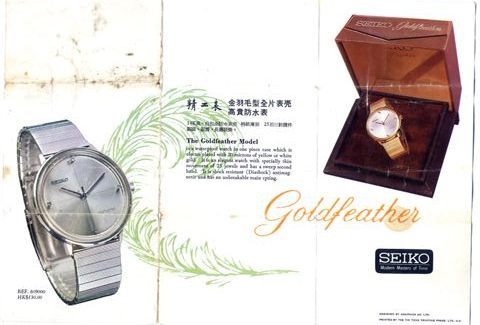









 Featured Videos
Featured Videos




